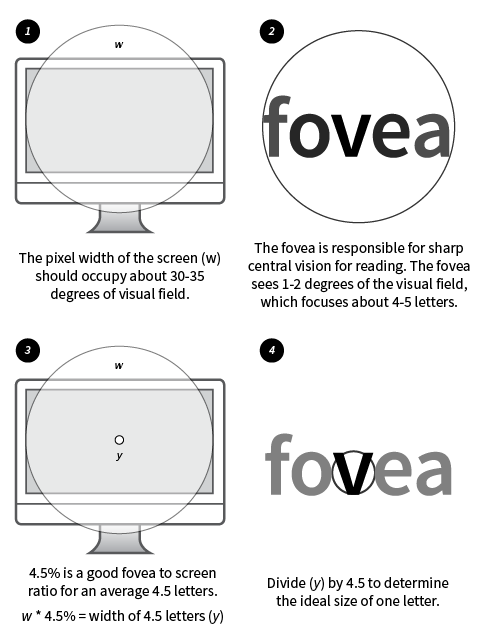We’re coming up on one year since Toby died.
1 year. 12 months. 365 days. 8,760 hours, since I last told Toby that I love him. Since I heard him say he loves me. Since I’ve heard anything come from his voice at all.
It still weighs on me, clearly. I understand from other parents that have also lost their children that this is normal. It could take years to feel “normal” again, if it happens at all — which brings me to the point of this post.
I’m making, and have made, some changes.
Brampton Cycling Advisory Committee
In September of 2021, I formally resigned from the Brampton Cycling Advisory Committee. I think the letter I submitted with my resignation explains my reasons best.
“The death of my son Toby to cancer has forced me into a position where I have been re-evaluating everything in my life. One of those things is a greater emphasis on spending time with my family.
…
I don’t feel that I have the same energy or mental fortitude that I did when I applied for the committee. I’m not the same person that I was — the person that was appointed to serve this committee and the City of Brampton.”
Don’t get me wrong: I still think bicycles are awesome. But my style of advocacy, for better or worse, was confrontational. This was intentional. The reason was not just to be a pain in the ass (though that was kind of fun for a while), but because growth takes time in politics, undoing growth happens quickly. Transparently challenging ideas is a fast way to evaluate whether they hold any water, even though, generally, people don’t like being challenged.
The reason why I mention this is that I’m actually an introvert. Any speaking engagement I’ve ever been to has relied on careful preparation, anticipation, and attention, which left me feeling exhausted at the end every single time. I simply do not have the energy for that anymore — or at least for now. While advocacy was something I certainly cared (and still care) about, perhaps because I’ve already invested so much time in it, I don’t know that it’s something that brings me joy. It feels like an obligation, somehow. An obligation that feels misaligned with my priority of spending time with my family.
Work
Because of the often confrontational nature of my advocacy, and observing a phenomenon called “doxing”, there were certain things I kept mostly private — or at least wasn’t very vocal about — including my full-time employment because of instances I observed where friends were reported to their employers over disagreements on Twitter.
Doxing or doxxing: To publicly identify or publish private information about (someone) especially as a form of punishment or revenge
https://www.merriam-webster.com/dictionary/dox
I want to start changing that up a little bit. My work has been an important part of my life too.
For the last 11 years, I’ve been a full-time employee, in some capacity or another, for the AIR MILES Reward Program. Most recently, my role was “Sr. Content Specialist, Publishing” for Marketing Shared Services. For many years, I was able to put some of my design, and a lot of my development skills, to work within this role. But not full-time.
I recently accepted a new role, starting in January 2022, within the AIR MILES Program of “Developer, Productivity Tools”. With this move, I hope to get myself back into a headspace of designing and developing useful products for the AIR MILES marketing team, full-time.
Papineau Homes
My family has decided that it’s time for a change of scenery. We’re co-purchasing land in Northern Ontario, and will be documenting the process of creating new dwellings there — ultimately with the intent of monetizing the content to help pay for “nice to haves”. We’re calling this project Papineau Homes. We’ve already released a few videos, mostly introductory stuff. We don’t really have a release schedule yet, but I encourage anyone who is interested to subscribe to the Papineau Homes YouTube channel for updates.
The Bikeport
The pandemic has continued to take its toll on cycle training lessons for The Bikeport. I’ve been continuing to offer a service agreement for data aggregation with BikeBrampton, and starting to prototype other services that could be offered province-wide as I prepare to move to Northern Ontario. I’m also looking for ways to make it easier to manage an online shop using affiliate marketing and drop shipping services.
Other Development Stuff
Gradually, I’ve been getting back into web development. I’ve released a WordPress theme on GitHub that I use as the parent theme on all of my websites. However, I feel that the pièce de résistance of my recent development effort is converting a proof of concept I had for web typography framework, and producing a WordPress typography plug-in with it. In my mind, if you feel inclined to check out these projects, these should be considered perpetual alpha versions. I update and support them as I need to, they’re not intended for general use on WordPress sites. If they were, I would have submitted them to the official WordPress repository. 🙂
I’ll try to remember to write more on these projects later.
In the meantime, a fair amount of personal development time is going into creating my own personal finance software, using custom WordPress post types. *LOL* I’m just not happy with solutions on the market right now. Especially when it comes to creating reports on my finances that I want to see but cannot have, but could create myself for free. I might share some screen captures of that work later, but it’s definitely intended to run on personal web servers on local computers only!
